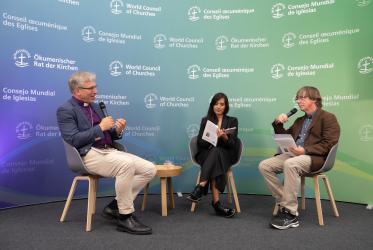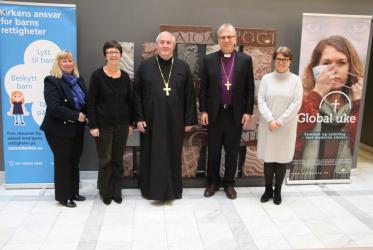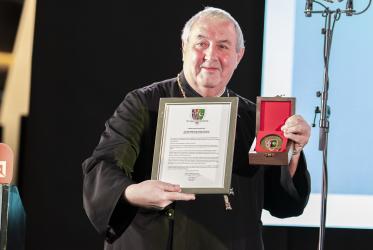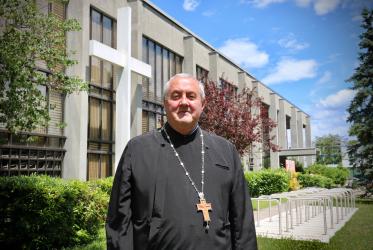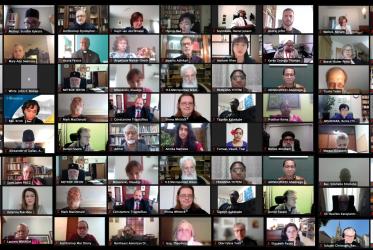Iglesia de Noruega
Christianity came to Norway around 1000 AD, from the British Isles, Germany and Friesland (Netherlands). Agents of mission were bishops accompanying their kings on journeys, monks and individuals. Olaf Haraldsson, known as St Olaf after his death in 1030, was an outstanding Christian king of the time. By the end of the 12th century the church was firmly established in Norway. King Christian III, ruler of Denmark and Norway, at the time of the Reformation, accepted the Lutheran faith. By the end of the 16th century the Reformation had penetrated most levels of life in Norway. Historically the Church of Norway has been a state church. Although secularization has weakened its traditional status, and the system has been under attack for the last century, about 85 percent of Norway's 4.5 million inhabitants are baptized members of the Church of Norway. In 1981 the parliament voted to retain the state church system, with the king as its supreme representative, while granting the church more autonomy. A general synod was established (1984) and the government handed over the right to appoint pastors to the diocesan councils (1989). However, the parliament maintained its authority over the laws and the financial framework of the church and the prerogative of the government to appoint the bishops. In 2002 the church report "The Same Church - A New Church Structure" concluded that the strong ties between the church and the state must be loosened. In November 2006 the general synod voted in favour of a radical change, saying that it should itself assume all church authority and that the church should no longer be referred to in the country's constitution as a State or national church. The synod's decision is in line with a proposal made by a government-appointed commission earlier in 2006. A government report to the parliament is expected in 2008.
The Church of Norway general synod meets annually. Of the 85 delegates, 80 are appointed by the dioceses. Diocesan councils were introduced in 1933, an assembly of diocesan councils in 1963, and a national council of the church in 1969. Central to the church's work is religious education. In 2003 the parliament voted a reform, endorsing religious education in all religious communities. The purpose is to stimulate young people's religious identities and understanding of their cultural heritage and traditions. Improvement of Sunday morning worship is also high on the agenda of the church. Taking into account the number of active Christians, church attendance has been for a long time lower than could be expected. Voluntary organizations which have their origins in the revivals of the 18th century are important agents of evangelism, and have great influence both upon lay people and clergy. It is a distinctive feature of Norwegian church life that these movements for the most part remained within the church. They have had a predominant pietistic influence on the life of the church as a whole. During World War II the church firmly opposed the Nazi regime and played a vigorous part in the civil resistance throughout the country. It spoke out clearly through a confessional document "The Foundation of the Church" (1942). This wartime experience is also a clue to understanding the church's present active involvement in socio-political issues of different kinds.
The influence from the ecumenical movement has made the Church of Norway active in building bridges between churches. The first comprehensive dialogue in which it participated was the Leuenberg Agreement of 1973 (but the Leuenberg protocol was not signed until the general synod`s decision in 1999). The church is part of the Porvoo Agreement between the Anglican churches of Great Britain and the Nordic and Baltic Lutheran folk churches (signed in 1996) and signed a parallel agreement in 1995 with the Methodist Church in Norway ("Fellowship of Grace"). The 1997 general synod adopted the Joint Declaration on Justification, later signed by the Pontifical Council for the Promotion of Christian Unity and the Lutheran World Federation in Augsburg. In 2006 the Church of Norway and the Evangelical Lutheran Free Church of Norway negociated an agreement of full recognition and cooperation which will come into force when approved by the synods of the two churches. The Church of Norway maintains close relations with the other Nordic majority Lutheran churches.
